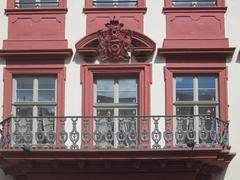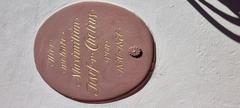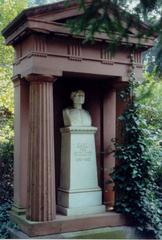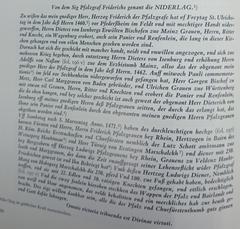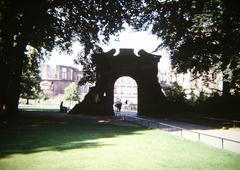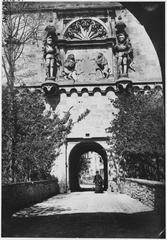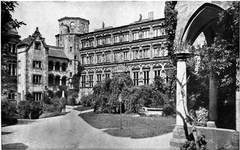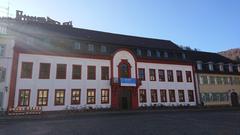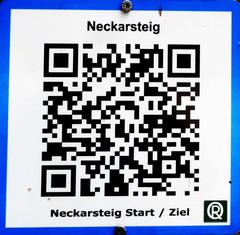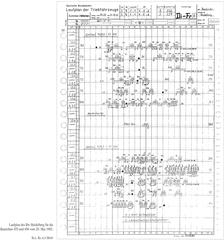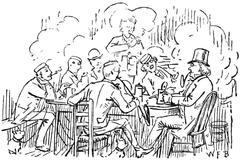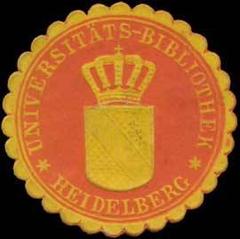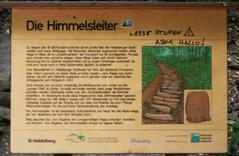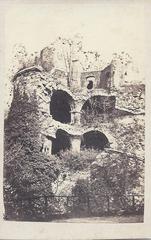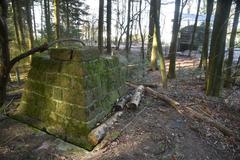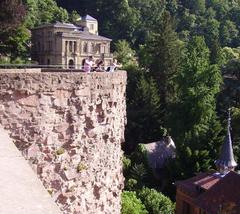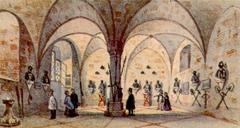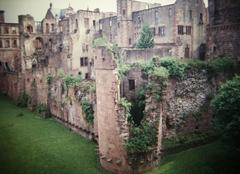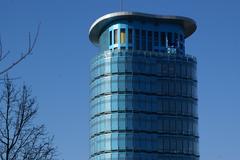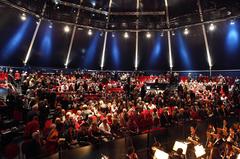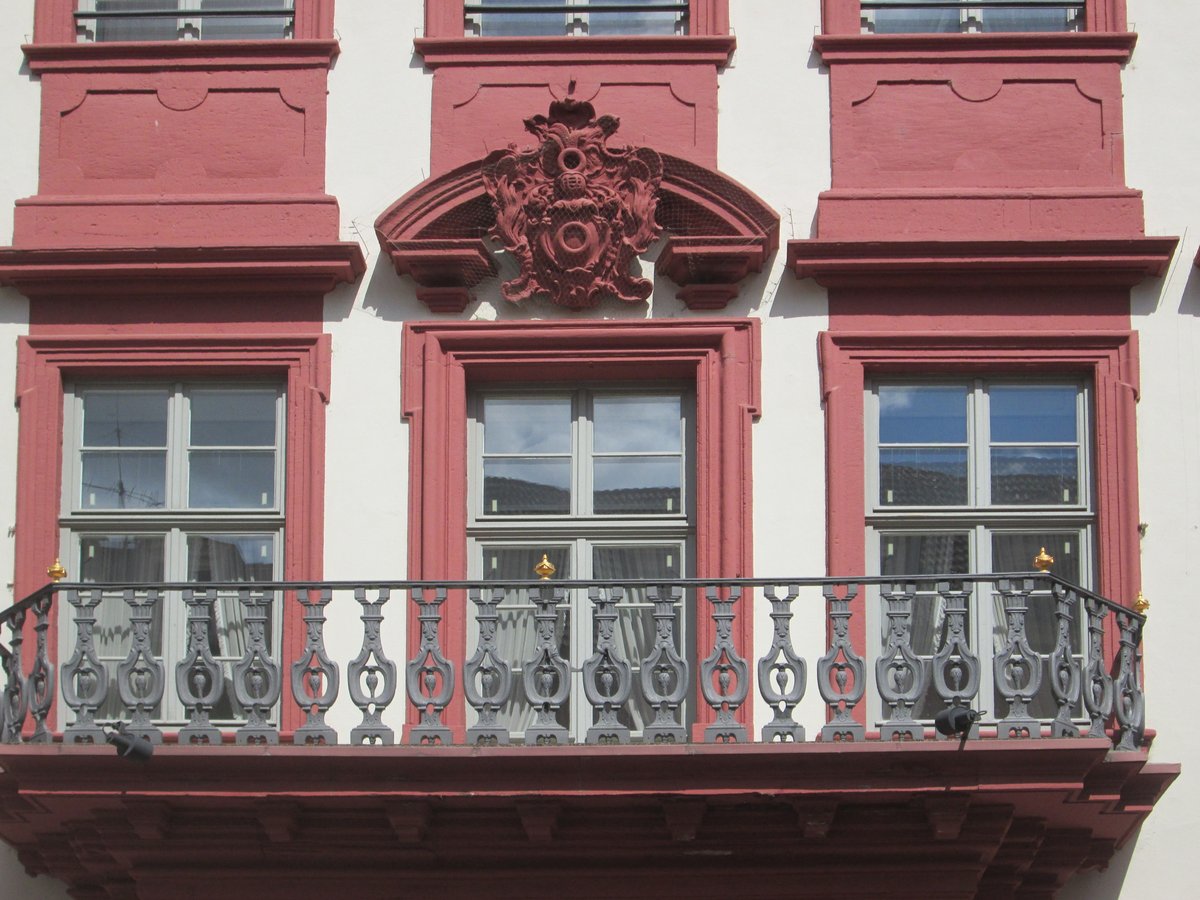
Kurpfälzisches Museum Heidelberg: Visiting Hours, Tickets, and Historical Sites Guide
Date: 14/06/2025
Introduction: History and Cultural Significance
The Kurpfälzisches Museum Heidelberg stands as a central cultural institution in the heart of Heidelberg’s historic Old Town. Established in 1878/79, its foundation originated from the private collection of Count Charles de Graimberg, a passionate advocate for preserving the legacy of the Palatinate region. Today, the museum is housed in the baroque Palais Morass, offering an impressive blend of tradition and modernity. Visitors are welcomed into a world that spans from prehistory to the present, exploring the rich tapestry of Heidelberg’s art, archaeology, and urban development (Kurpfälzisches Museum Heidelberg, Museum Heidelberg).
Table of Contents
- History and Development
- Collection Highlights
- Practical Visitor Information
- Nearby Attractions
- Frequently Asked Questions (FAQ)
- Summary and Planning Tips
- References
History and Development
Founded in the late 19th century, the Kurpfälzisches Museum was initially established to house Graimberg’s collection of regional artifacts and artworks. The museum opened its doors to the public in 1908 within the Palais Morass, a baroque palace built in 1712 by Johann Adam Breunig. Over the decades, the museum has expanded to include a modern annex and has continually updated its presentation to reflect new finds and curatorial approaches. Its mission remains the preservation and interpretation of the history, art, and culture of the Kurpfalz and Heidelberg (Wikipedia, smartergerman.com).
Collection Highlights
Archaeology and Urban History
The museum’s archaeological section covers over 1,500 m² and traces human settlement in the Lower Neckar region from the Paleolithic era to the modern day. A key exhibit is the replica of the Homo heidelbergensis jawbone, one of Europe’s oldest human fossils. The archaeological displays also include Celtic fortifications, Roman religious sites such as the reconstructed Mithraeum, medieval city history, and urban development models. Artifacts connected to Heidelberg’s Heiligenberg, Roman wooden bridge beams, and Alemannic jewelry provide insight into the area’s rich past (Heidelberg Marketing, Tourism Heidelberg).
Paintings and Sculpture
The museum’s art collection features masterpieces from the 15th to the 20th centuries. Highlights include religious works by Rogier van der Weyden and Lucas Cranach the Elder, Dutch Golden Age still lifes, portraits of Frederick V and Elizabeth Stuart, and the iconic court jester Perkeo. The sculpture collection ranges from medieval gravestones to Baroque pieces and 20th-century works, notably Tilman Riemenschneider’s “Altar of the Apostles” and Wilhelm Lehmbruck’s “Rückblickende.” The museum also preserves original sculptures from Heidelberg’s Old Bridge, including figures of Prince-Elector Charles Theodore and the goddess Minerva (Wikipedia, thecrazytourist.com).
Decorative Arts and Textiles
The decorative arts section presents Frankenthal porcelain, silverware from Electress Elisabeth Augusta, and the rare Ottheinrich Tapestry. Interiors recreate the opulent lifestyle of the Electoral Palatinate’s court, featuring period furniture, medallions, and household items. The textile collection, housed in the Max Berk Textile Collection in Ziegelhausen, includes women’s costumes from the late 18th century onward, international textiles from Asia and South America, and a significant patchwork quilt collection (Wikipedia).
Practical Visitor Information
Opening Hours and Tickets
- Opening Hours: Tuesday to Sunday, 10:00 AM – 6:00 PM. Closed Mondays and select public holidays (December 24, 25, 31; January 1, 6; May 1; Shrove Tuesday). On other public holidays, the museum is open.
- Admission Fees:
- Adults: €7
- Reduced (students, seniors): €5
- Children and youth under 16: Free
- Family and group rates available
- Guided Tours: Regular tours and workshops are offered. Booking in advance via the museum website is recommended.
Location and Accessibility
- Address: Hauptstraße 97, 69117 Heidelberg, Germany
- Getting There: Centrally located in the pedestrian zone of Heidelberg’s Old Town, easily reached by foot, public transport (nearest tram stop: Universitätsplatz), or car (nearby public parking garages).
- Accessibility: The museum is largely wheelchair accessible, with elevators and adapted restrooms. For visitors with special needs, prior contact with museum staff is advised.
Visitor Services
- Facilities: Cloakroom lockers, restrooms, museum shop with art and craft items
- Audioguides: Available in German, English, and Russian (free with ticket)
- Photography: Non-flash photography is generally allowed; professional photography requires permission.
- Family-Friendly: Children’s programs, interactive discovery stations, and special activities for young visitors.
Special Exhibitions and Contemporary Art
The museum hosts diverse special exhibitions each year. In 2025, these include:
- “Auf Rembrandts Spuren” (On Rembrandt’s Trail): Original etchings and paintings by Rembrandt and contemporaries, on loan from the Hoogsteder Museum Foundation (February 23 – June 29, 2025).
- “Meisterwerke aus Odesa”: European masterpieces from the Odesa Art Museum (October 19, 2025 – March 22, 2026).
- Textile Exhibitions: The Max Berk Collection will feature shows on 1970s textile design and retrospectives of regional textile artists.
(Museum Heidelberg – Special Exhibitions)
Nearby Attractions
Make the most of your visit by exploring other Heidelberg landmarks:
- Heidelberg Castle: Iconic Renaissance ruins with panoramic city views.
- Old Bridge (Alte Brücke): Historic stone bridge spanning the Neckar River.
- Philosophers’ Walk (Philosophenweg): Scenic pedestrian route above the river.
- University of Heidelberg: Germany’s oldest university, with historic buildings and the University Museum.
- Deutsches Apotheken-Museum: Pharmacy museum located within the castle.
Frequently Asked Questions (FAQ)
Q: What are the Kurpfälzisches Museum’s opening hours?
A: Tuesday to Sunday, 10:00 AM to 6:00 PM. Closed Mondays and specific holidays.
Q: How much do tickets cost?
A: €7 for adults, €5 reduced, free for children under 16. Family and group tickets available.
Q: Is the museum accessible for wheelchair users?
A: Yes, most areas are accessible. Contact the museum for specific needs.
Q: Are guided tours available?
A: Yes, group and individual tours can be booked in advance.
Q: Can I take photos in the museum?
A: Non-flash photography is generally permitted; confirm for special exhibitions.
Q: Does the museum offer family-friendly activities?
A: Yes, there are child-friendly exhibits and interactive stations.
Summary and Planning Tips
The Kurpfälzisches Museum Heidelberg is a vibrant cultural destination, offering comprehensive insights into the history, art, and daily life of the Palatinate region. With its central location, welcoming facilities, and engaging exhibitions, it caters to a wide range of interests—from archaeology enthusiasts to art lovers and families with children.
- Plan at least 2 hours for your visit.
- Check the museum website for current exhibitions and ticket options.
- Combine your museum visit with a tour of Heidelberg’s Old Town and castle.
- Download the Audiala app for an enhanced audio guide experience.
- Subscribe to the museum’s newsletter for updates on events and exhibitions.
For the latest visitor information, see the official museum website.
References and External Links
- Kurpfälzisches Museum Heidelberg
- Kurpfälzisches Museum Heidelberg: Visiting Hours, Tickets & Historical Highlights
- Kurpfälzisches Museum Heidelberg: Collections and Visitor Information
- Kurpfälzisches Museum Heidelberg: Museum Highlights
- Official Ticket Info (PDF)
- Heidelberg Marketing – Palatinate Museum
- Tourism Heidelberg – Museum of the Palatinate
- Wikipedia – Kurpfälzisches Museum
- Best Things to Do in Heidelberg – The Crazy Tourist
